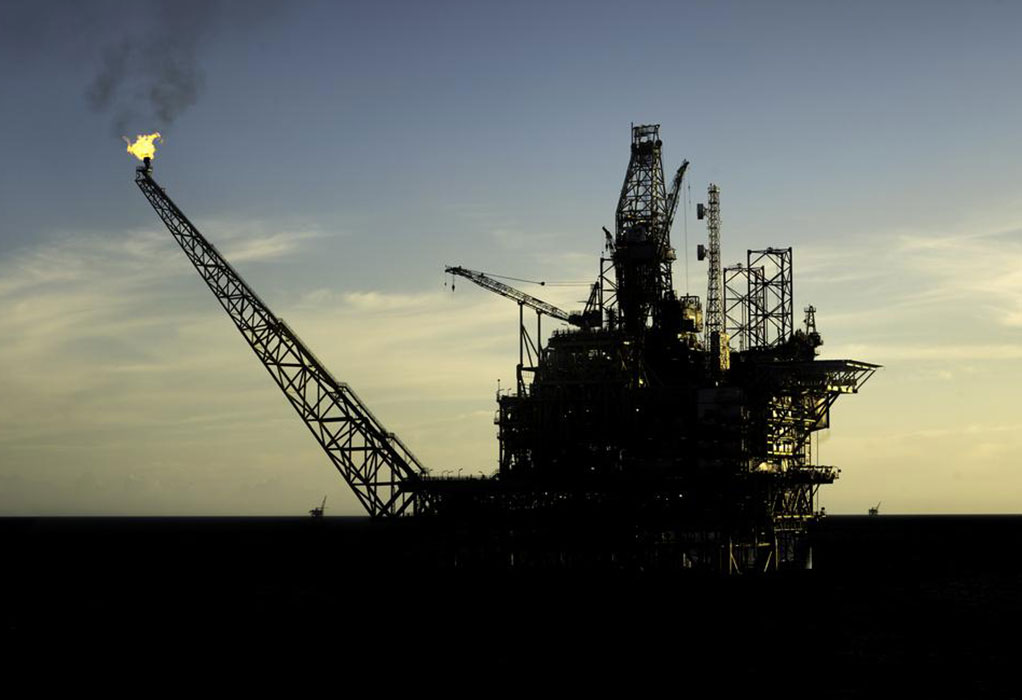Key Insights into Crude Oil Price Dynamics
This article provides a comprehensive overview of crude oil pricing, highlighting the influence of OPEC, supply disruptions, global auction dynamics, and futures trading. It explains how geopolitical events impact prices and offers insights into market mechanisms, enabling investors and industry professionals to better understand price fluctuations and market strategies.
Sponsored

The pricing of crude oil hinges on global supply and demand factors. Economic progress typically boosts demand for energy, as petroleum fuels approximately a third of the world’s energy consumption. Seasonal variations also influence crude oil prices, impacting both supply and demand for petroleum products derived from oil.
OPEC's Role in Stabilizing Oil Markets
The Organization of the Petroleum Exporting Countries (OPEC) plays a vital role in adjusting oil supply through production quotas to influence current and future oil prices.
Major oil-producing nations, primarily members of OPEC, control a significant share of global reserves—about 73%. Saudi Arabia, the largest OPEC producer, is also one of the top oil exporters. In 2016, these member countries contributed to roughly 44% of global crude oil output. Critical factors shaping OPEC’s influence include consumer behavior, actions by non-OPEC players, and the efficiency of production among member nations.
OPEC also maintains the world’s spare crude capacity, serving as a buffer during supply disruptions. This capacity indicates the global market's ability to respond to crises and ensures market stability.
The Impact of Supply Disruptions
Geopolitical tensions and natural events can disturb oil supplies, causing market fluctuations. In the short term, oil prices tend to be volatile because of inelastic demand and limited immediate alternatives, making consumers slow to switch fuels or improve efficiency due to the years needed for new infrastructure development.
Global Oil Market and Auctions
Worldwide transactions, from production to consumption, determine crude oil prices through a market akin to an international auction. Higher demand relative to supply drives prices up, while excess supply leads to lower prices.
Futures Market and Price Projections
Crude oil futures enable traders and producers to lock in prices for future delivery. These contracts, covering around 1,000 barrels each and up to nine years ahead, allow market participants to hedge risks or speculate based on price forecasts. Understanding futures helps investors evaluate potential profits or losses, especially when investing in energy firms affected by oil price trends.





